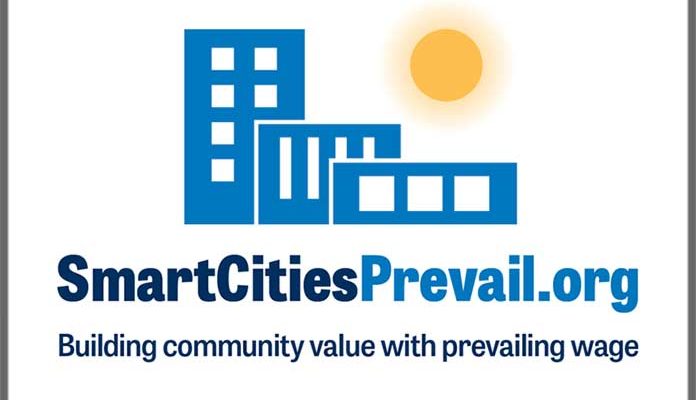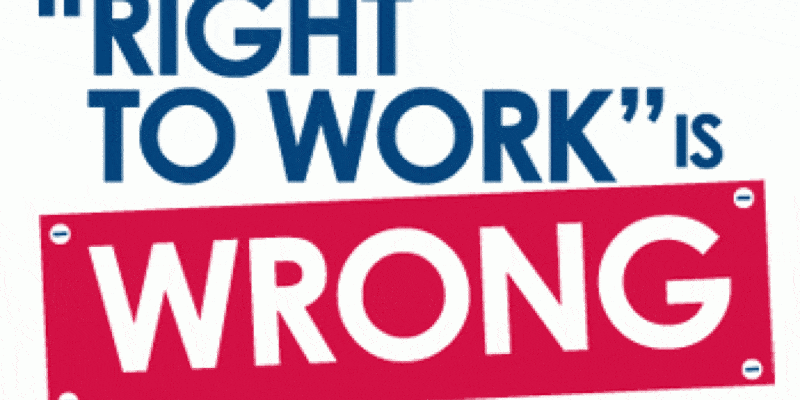January 22, 2019
Economists from the University of Utah have published two papers over the last year on the relationship of prevailing wage laws first to income and benefits and second to injuries and disabilities. Both are published in Public Works Management & Policy, a peer reviewed academic journal. See below for abstracts and links to the papers.
While considerable research has examined the effects of prevailing wage law repeals on construction wages, little has been done on the repeals effect on benefits. … we find that depending on sample and model specification, statewide annual average construction blue-collar income fell by 1.9% to 4.2%. Statewide annual average legally required benefits (social security, workers injury-compensation insurance, and unemployment insurance contributions) for blue- and white-collar construction employees combined fell from 3.8% to 10.1%. Statewide annual average voluntary benefits (primarily health insurance, pension contributions, and apprenticeship training) for blue- and white-collar construction employees combined fell from 11.2% to 16.0%.
(PDF Copy of Paper on the “Effect of Prevailing Wage Repeals on Construction Income and Benefits”)
State prevailing wage law repeals have been shown to lower wages and benefits- including benefits providing safety training and associated with worker retention in construction. … we find that repealing state prevailing wage laws increase construction injury rates across various types of injuries from 11.6% to 13.1% as the seriousness of injuries increases. Disabilities increase by 7.5% to 8.2% depending on the model specification.










